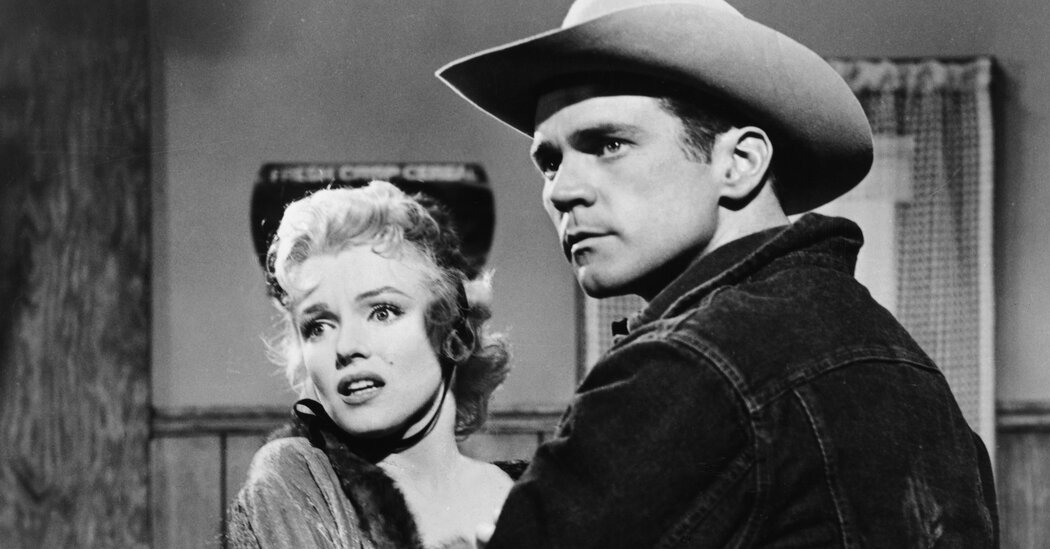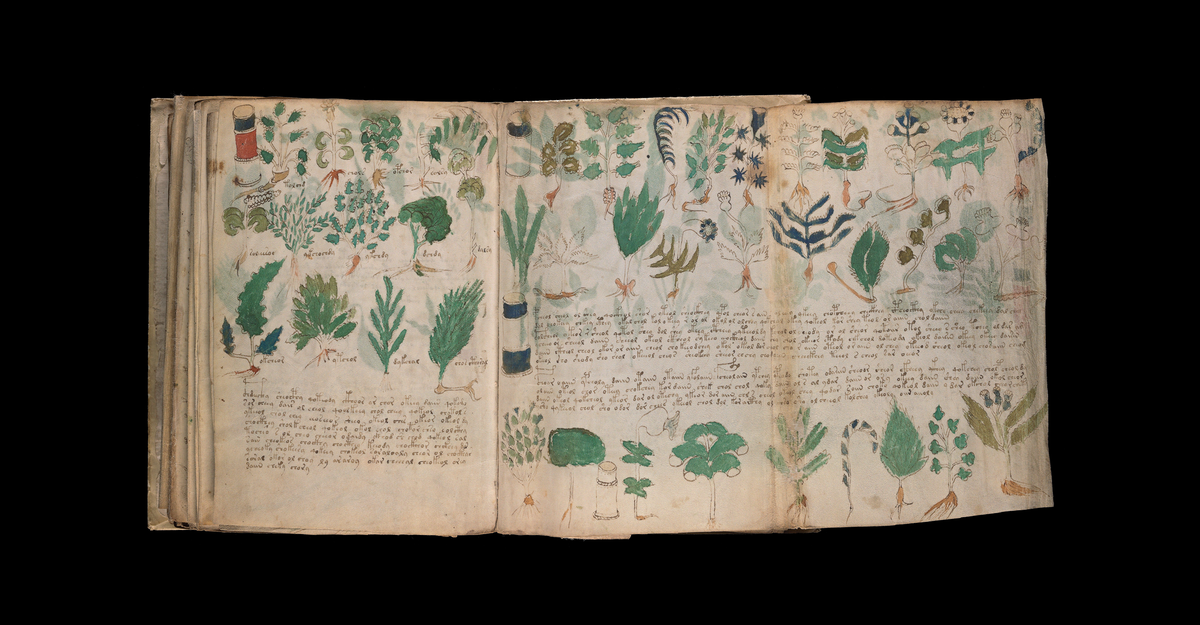Don Murray, the boy-next-door actor who made his film debut as Marilyn Monroe’s infatuated cowboy in “Bus Stop” in 1956 and played a priest, a drug addict, a gay senator and myriad other roles in movies, on television and onstage over six decades, died on Friday at his home near Santa Barbara, Calif. He was 94.
His son Christopher confirmed the death.
In the postwar 1950s, when being sensitive, responsible and a “nice guy” were important attributes in a young man, Mr. Murray was a churchgoing pacifist who became a conscientious objector during the Korean War. He fulfilled his service obligation by working for two and a half years in German and Italian refugee camps for $10 a month, assisting orphans, the injured and the displaced.
Back from Europe in 1954, he settled on an acting career focused on socially responsible themes. He appeared in a television drama about lawyers serving poor clients, and he had a part in the 1955 Broadway production of “The Skin of Our Teeth,” Thornton Wilder’s comedic vote of confidence in mankind’s narrow ability to survive, which starred Helen Hayes and Mary Martin.
The director Joshua Logan saw that production and cast Mr. Murray in “Bus Stop,” his adaptation of William Inge’s play about a singer who is pursued by a cowpoke from a Phoenix clip joint to a snowbound Arizona bus stop, where a spark of dignity and character flame into a moving and humbling love. The film established Marilyn Monroe as a legitimate actress and Mr. Murray as an up-and-coming star.
“With a wondrous new actor named Don Murray playing the stupid, stubborn poke and with the clutter of broncos, blondes and busters beautifully tangled, Mr. Logan has a booming comedy going before he gets to the romance,” Bosley Crowther wrote in a review for The New York Times. “And the fact that she fitfully but firmly summons the will and strength to humble him — to make him say ‘please,’ which is the point of the whole thing — attests to her new acting skill.”
Mr. Murray’s performance in “Bus Stop” earned him an Oscar nomination for best supporting actor. He won many other honors for a body of work that included more than 35 Hollywood films, some 25 television movies and scores of other credits for starring in television and stage productions, as well as for writing, directing or producing for movies and television. But he was never again nominated for an Academy Award.
His best-known early films also included “A Hatful of Rain” (1957), the story of a tormented drug addict hiding his secret from his wife, played by Eva Marie Saint; “Shake Hands With the Devil” (1959), a tale of the 1921 Irish rebellion, which also starred James Cagney; and “The Hoodlum Priest” (1961), in which Mr. Murray, who co-wrote the screenplay, portrayed a Jesuit who counsels former convicts.
“Don has become identified with what might be called social significance and ‘appeal to reason’ film dramas,” Cue magazine noted in 1961. “He won’t play in a drama that glamorizes evil or glorifies violence. ‘I’m no nut on that,’ he says, ‘my pictures don’t have to carry a message — but they do have to say something.’”
Mr. Murray played a memorable role in “Advise and Consent” (1962), Otto Preminger’s hugely successful film of Allen Drury’s Pulitzer Prize-winning political novel set in the halls of the Capitol. It starred Henry Fonda, Charles Laughton and Walter Pidgeon; Mr. Murray portrayed a married United States senator with a gay encounter in his past, who is blackmailed for his vote in a Senate confirmation fight over a nominee for secretary of state.
Mr. Murray’s Hollywood roles dwindled in the late 1960s, and he turned increasingly to television. His most notable role was in “The Outcasts,” an ABC series in which he and Otis Young starred as a team of post-Civil War bounty hunters — Mr. Young as a former slave and Union soldier, and Mr. Murray as a former slave owner and Confederate officer.
One of the first television shows with Black and white co-stars, “The Outcasts” ran for 26 weeks in the 1968-69 season. Broadcast after the Rev. Dr. Martin Luther King Jr. and Senator Robert F. Kennedy were slain, it was widely criticized at the time for its depictions of racial tensions and violence. But in later years, seen in reruns and on home video, it was hailed as a forgotten classic.
Mr. Murray co-wrote and directed “The Cross and the Switchblade” (1970), a film that starred Pat Boone as a street minister who brings two city street gangs to Christ — a character based on the work of an actual New York preacher. “Is it convincing?” Howard Thompson asked in a review for The Times. “And how hard does it hit? Answers: convincing and hard enough. I liked it.”
From 1979 to 1981, Mr. Murray played Sid Fairgate, a husband and father, on the long-running CBS prime-time soap opera “Knots Landing.” He then returned to the big screen, appearing with Brooke Shields in “Endless Love” (1981), Denzel Washington in “License to Kill” (1984) and Barbara Eden in “The Stepford Children” (1987).
Mr. Murray and Ms. Eden also co-starred in “Brand New Life” (1989-90), an NBC series about a wealthy widowed lawyer and a divorced waitress, each a parent of three teenagers, who marry and make a new life together in Bel Air, the affluent enclave of Los Angeles, with the blend of two families from contrasting social backgrounds leading to conflicts and comedy.
Lean and youthful-looking nearly all his life, Mr. Murray was still appearing in movies in his 70s, including “Internet Love” (2000) and “Elvis Is Alive” (2001). After a 16-year hiatus, he resurfaced in 2017 in eight episodes of “Twin Peaks: The Return,” the Showtime continuation of David Lynch’s 1990-91 ABC series. His character, Bushnell Mullins, was a Las Vegas insurance man endlessly at odds with clients and the authorities.
Donald Patrick Murray was born in Hollywood on July 31, 1929, one of three children of Dennis and Ethel (Cook) Murray. His father, a singer and dancer, and his mother, a former Ziegfeld Girl, had moved from New York to work in talking pictures but returned to Broadway as the Great Depression settled in.
Don and his siblings, William and Ethelyn, grew up in the village of East Rockaway on Long Island. He was a football and track star at East Rockaway High School, from which he graduated in 1946. After graduating in 1948 from the American Academy of Dramatic Arts in Manhattan, he worked as a waiter and house painter, acted in summer stock and had small parts on television.
His first break on Broadway was the part of a sailor in “The Rose Tattoo” (1951), Tennessee Williams’s play about a widow (Maureen Stapleton) returning to life and love.
Mr. Murray was drafted by the Marine Corps in 1952, but he refused induction as a conscientious objector, citing his affiliation first with the Congregational Christian Church and later with the pacifist Church of the Brethren. He was allowed to fulfill his service obligation by assisting European refugees.
While filming “Bus Stop” in 1956, he married the actress Hope Lange, a fellow cast member. They had two children, Christopher and Patricia, and were divorced in 1961. In 1962, he married the actress Elizabeth Johnson, known as Betty. They had three children, Colleen, Sean and Michael.
In addition to his son Christopher, he is survived by two other sons, Michael and Sean; two daughters, Colleen Otcasek and Patricia Murray; a sister, Ethelyn Allison; and four grandchildren.
In an interview for this obituary in 2017, Mr. Murray said that, inspired by his work with postwar refugees in barbed-wire camps in Italy, he and Ms. Lange founded the Homeless European Land Program and bought 150 acres on the island of Sardinia in 1956. With financial aid from international agencies and Protestant charities, he said, they brought more than 100 refugees out of the Italian camps — people from Communist countries in Europe and Franco’s Spain — to Sardinia, to settle in what became a permanent self-supporting community.
“They planted crops and built homes,” he said. “The town is still there, with children and grandchildren of the original refugees.”
Early in his career, Mr. Murray refused to sign an open-ended contract with 20th Century Fox. “They could put you in whatever picture they wanted,” he told a U.C.L.A. film soiree celebrating his work in 2014. He agreed to make two pictures a year if given time off to act on Broadway, and he bought out his contract to produce “The Hoodlum Priest” independently.
“He didn’t play the game in the studio age,” the author and film authority Foster Hirsch told the gathering. “He never did get typecast and had great versatility.”


